Most recently the placid waters of Saint Peter were so rudely roiled by the audacious suggestion that people passing through our city should Shop New Ulm. I loved the suggestion for the chutzpah, and because people should shop there – it really is charming. I had some business to conduct there anyway, so our family took the suggestion and made the 30 minute trip.

And there it is. Maybe 30k vehicles/day going past it. Right on our doorstep at Broadway and 169.
The first thing to note about downtown New Ulm is that it isn’t hard to find thanks to directional signage. The second thing to note is how slowly cars move through downtown: each intersection is a 3-way stop, which is the only way it should be for the benefit of your shoppers – aka people walking. The third thing to note is that nearly every on-street parking space on a Thursday afternoon was filled. The fourth thing to note is that the retail establishments were mostly attractive and inviting. The final thing to note is that there were plenty of places to rest, learn about the city’s history, and have a conversation with someone. In other words, their street – Minnesota Street – and adjacent sidewalks were a social space. It is almost like they want people to park, walk around, and stay awhile. Turns out, that is exactly what New Ulm intends. (Below is the Google Street View as one enters their Central Business District.)
This is a tale of two streets, and the second one is an avenue named ‘Minnesota.’ I think of it as our Main Street in Saint Peter; most everyone else thinks of it as Trunk Highway 169. Our Minnesota conveys about 20k vehicles a day; New Ulm’s Minnesota may convey a quarter of that on its busiest day. So we should be blowing their doors off when it comes to economic activity, right? Wrong. New Ulm’s Minnesota Street outsells us by a factor of 3x to 5x for small retail depending on the year. Why is that? Because the purpose of our Main Street is to move vehicles through as quickly as possible, while the purpose of New Ulm’s street is to slow cars and attract visitors. Nearly everyone on our street is going somewhere else; everyone on their Main Street came there for a reason. Where would you rather shop or own a business?
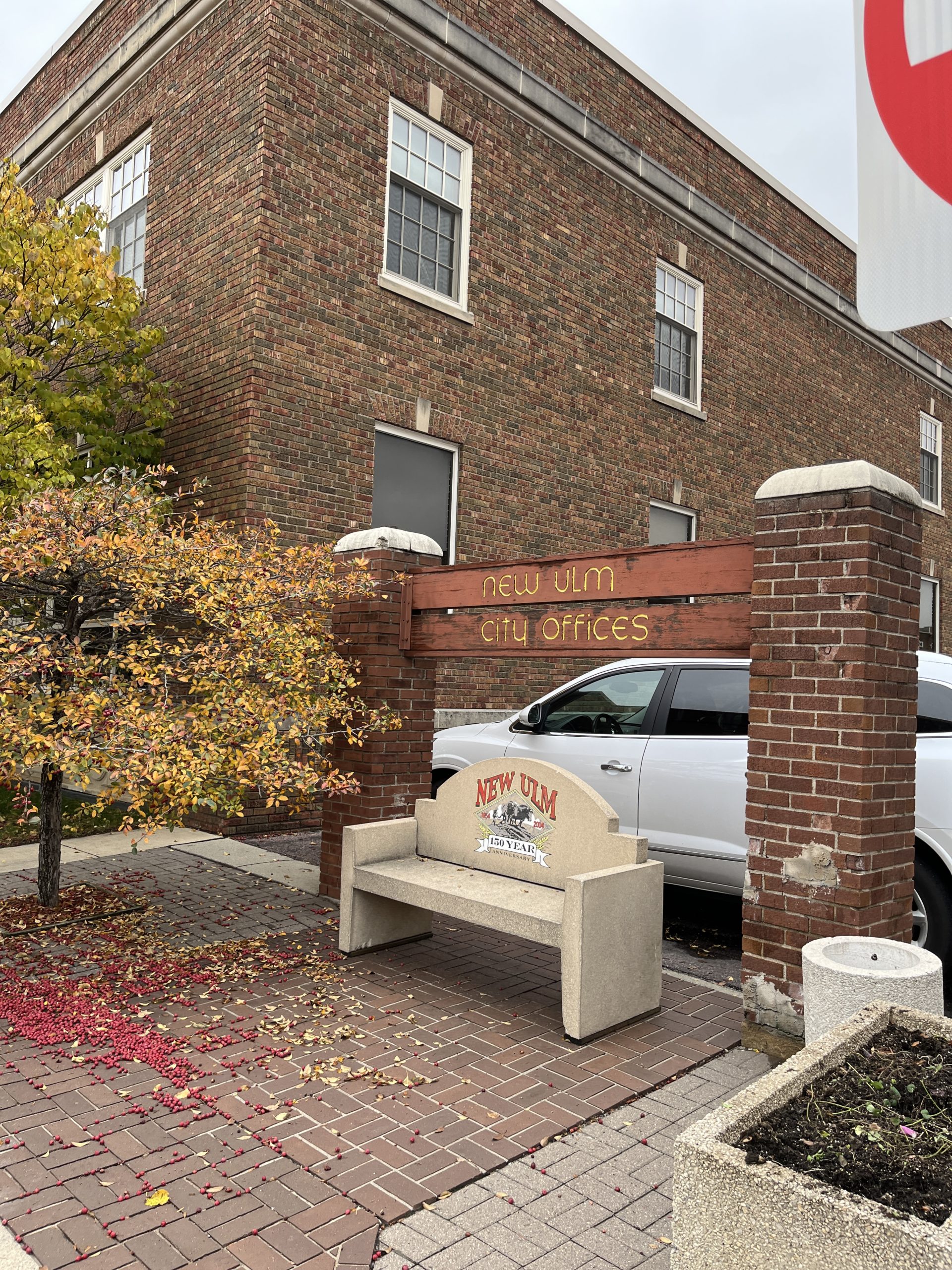
I’m getting the feeling they want us to sit and stay awhile.
The prevailing speed on New Ulm’s Minnesota Street feels like 15-20 mph because of the continuous turnover of on street parking, the norms of the street (our behavior is influenced by others; driving is no different), the presence of visual friction, 3-way stops every block, and the fact that you actually see people walking around, doing stuff. Here’s the definitive proof that the street works: our three year olds didn’t yell ‘Slow Down!’ once while we walked around downtown. Outside our bike shop, in Saint Peter, they have plenty to scream at. Not helping is that in 2019, MnDOT synchronized the three traffic signals in our downtown to make it even less likely that drivers will encounter a red light. The result is higher speeds and more crashes. No one window shops at 40 mph.

A destination street has lots of little things to notice. The Smallest Museum is located outside The Grand Center for Culture and Arts.
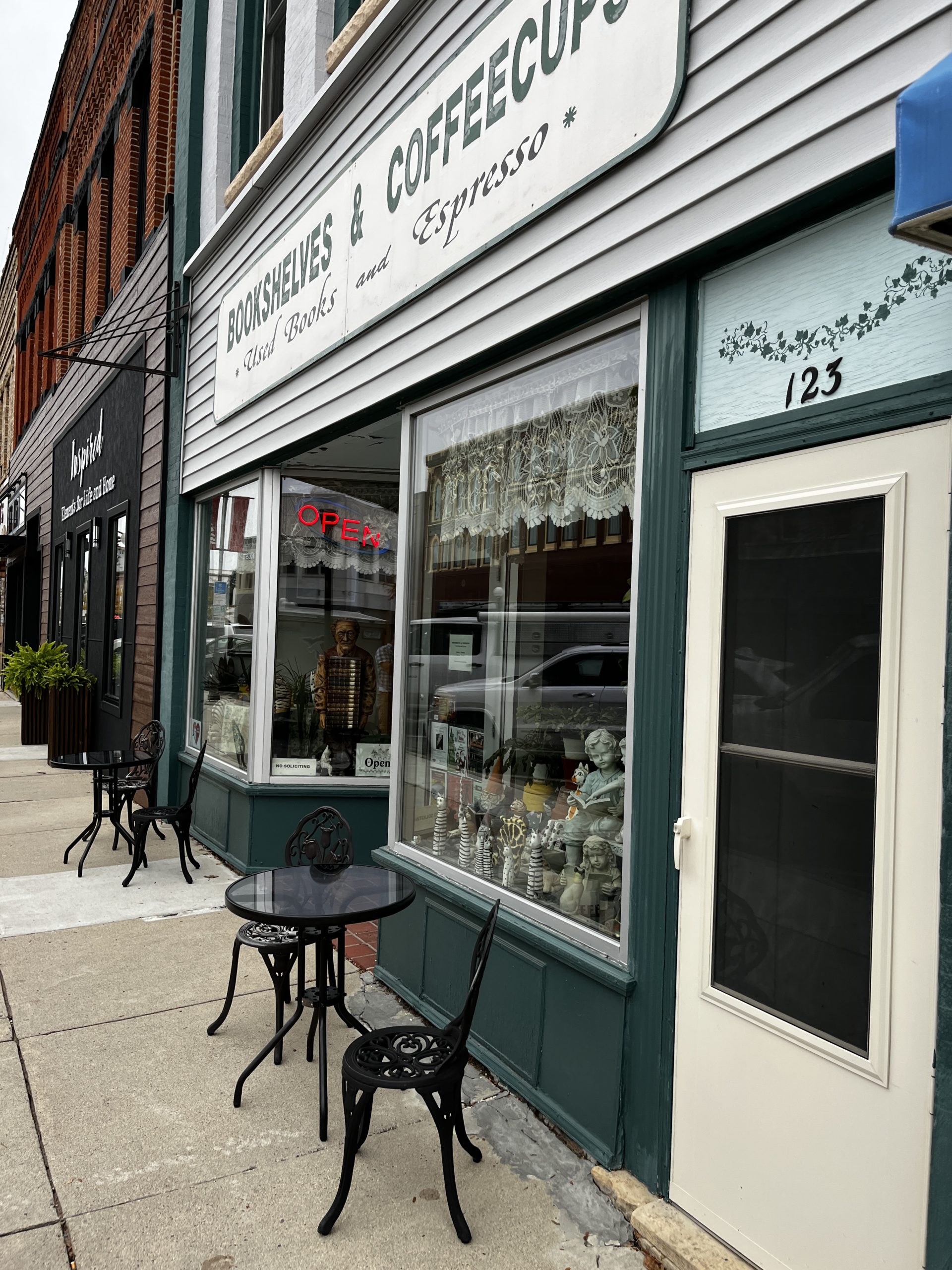
Coffee shop? Check. Book store? Check. Ice cream shop? Check.
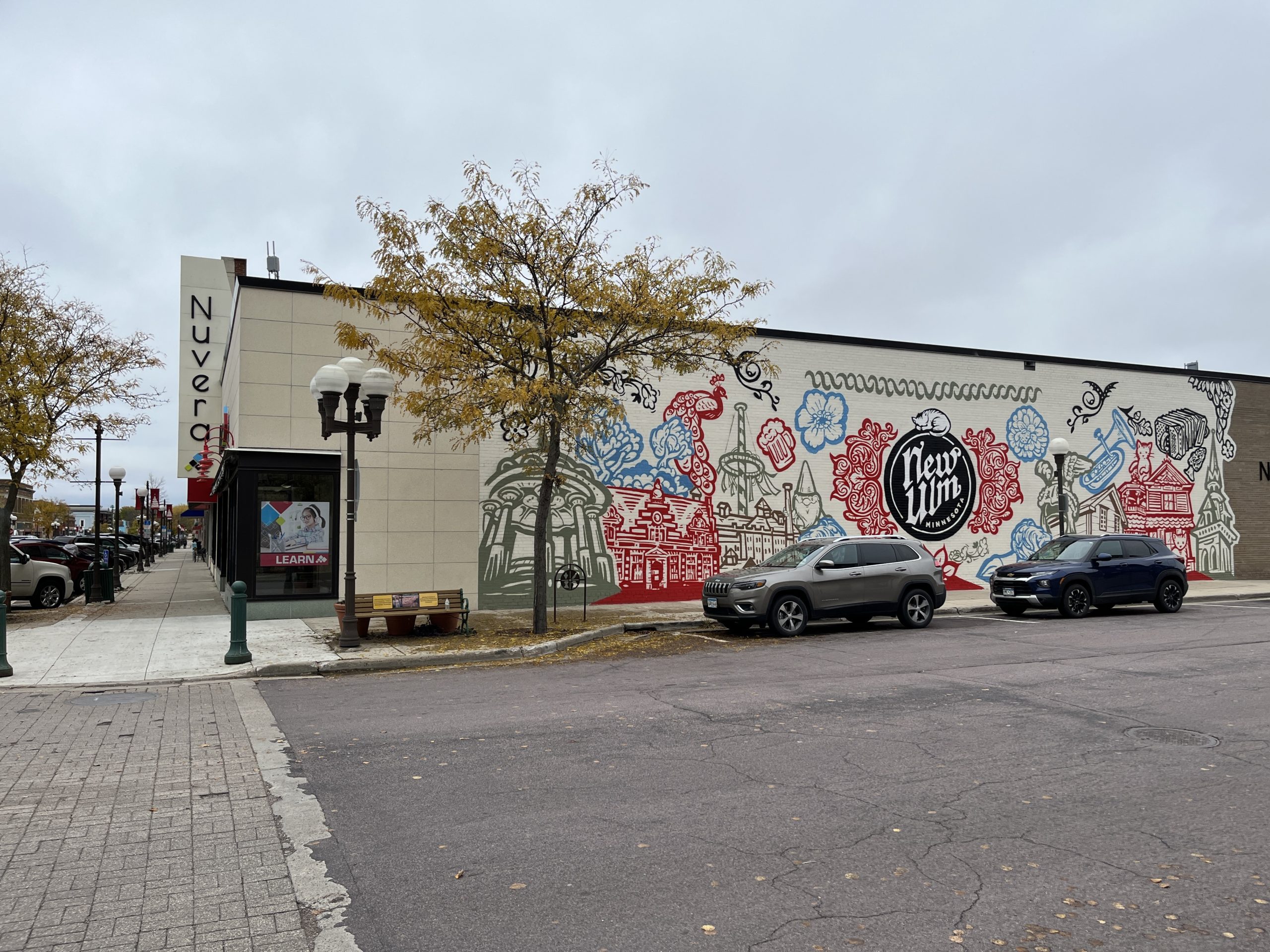
Oh geez, they have murals too.
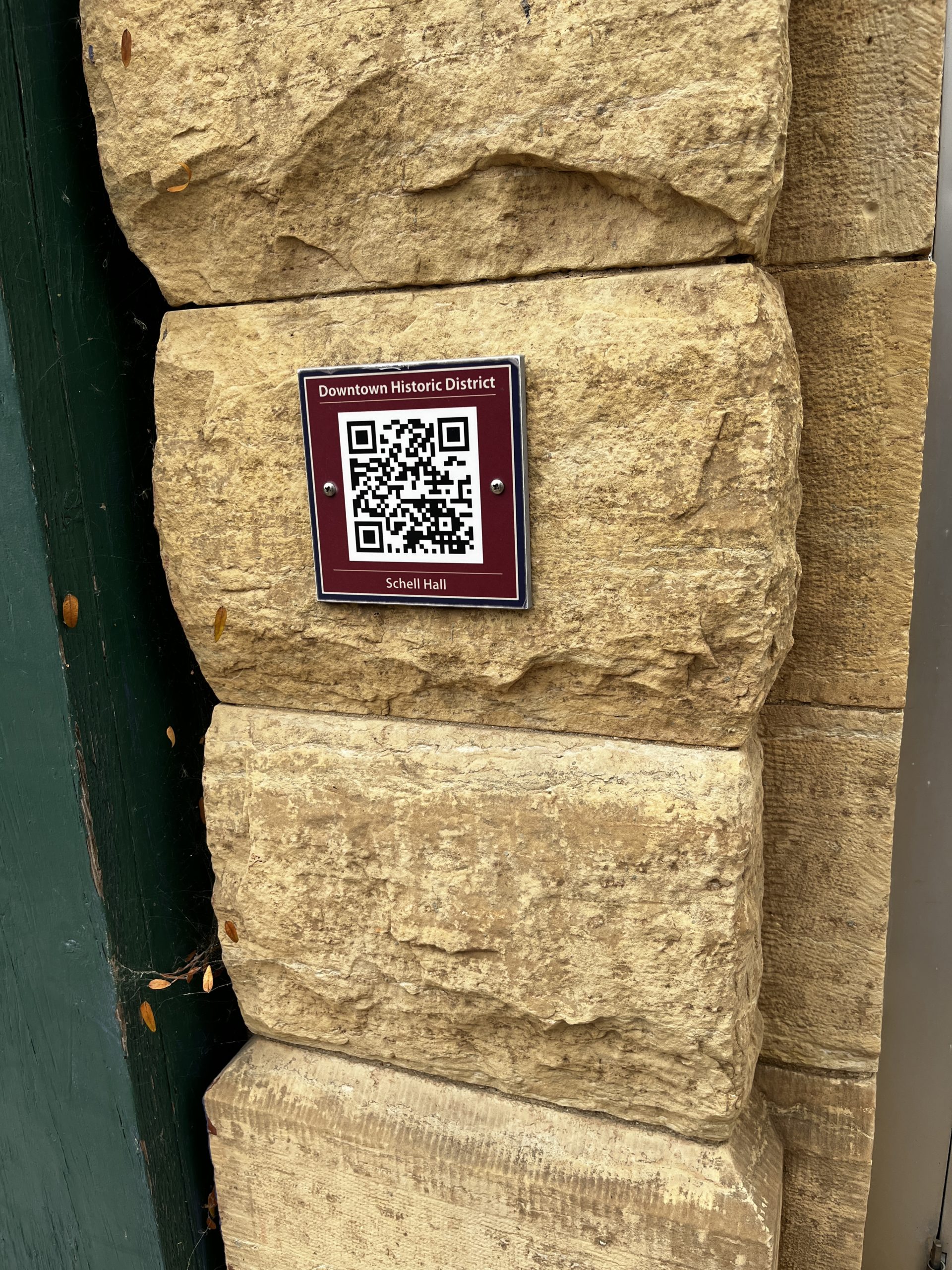
And they have history. Do we?
What happens in the street does not stay in the street. A throwaway street lowers the value of homes that line it, and makes sustaining a small retail business along it very difficult. The dynamic is readily observable in downtown Saint Peter: our retail sector is anchored by Swedish Kontur which existed long before 169 became an awful street to walk along, live on, and walk across. That business is flanked by Cooks and Contents which are complementary adjacent businesses and were established when the street was kind of bad, but still walkable. Finally, the block is home to Nutter’s Clothing, which predates automobiles. Those are all complementary adjacent uses; lose one or two of them and the block is no longer a destination. Should that happen, you end up with what’s on the other side of the street: a coffee shop, hardware store, women’s clothing store, and a four block long eclectic collection of insurers, accountants, realtors, medical professionals, financial advisors, and vacant properties. Collectively, those are the indicators of a retail death spiral as they are all single purpose destinations. The last time you were at the orthodontist you were 5 minutes late, you left immediately after settling up, and you certainly didn’t walk down the street to the antique shop. Those businesses shut their blinds, don’t invest in curb appeal, and without good wayfinding and signage in your downtown, they break up the momentum for window shoppers.
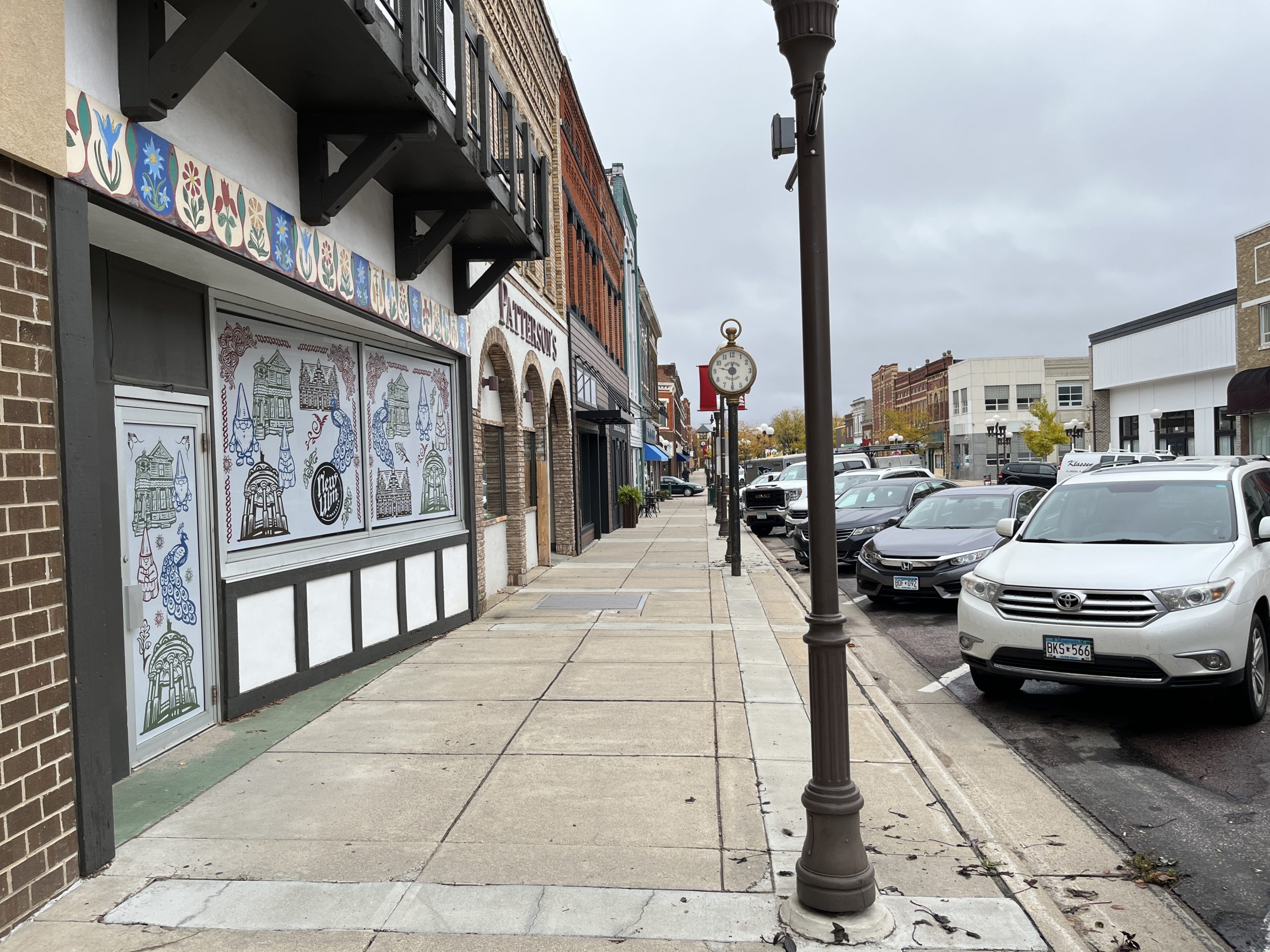
Note all storefronts are occupied. New Ulm’s downtown action team has made this property feel less vacant with an inexpensive window treatment.
The visitor to New Ulm’s Minnesota Street has a different experience: storefronts are attractive, renovations are underway, and most businesses are devoted to either dining or retail. The result is that a person parks near their destination and they may walk past a coffee shop, bookstore, music shop, pop up retail space, specialty retailer, wine cafe, ice cream shop, and so on. Sure, there are law offices, banks, insurers, and other single purpose destinations, but those are the exception, not the dominant species.
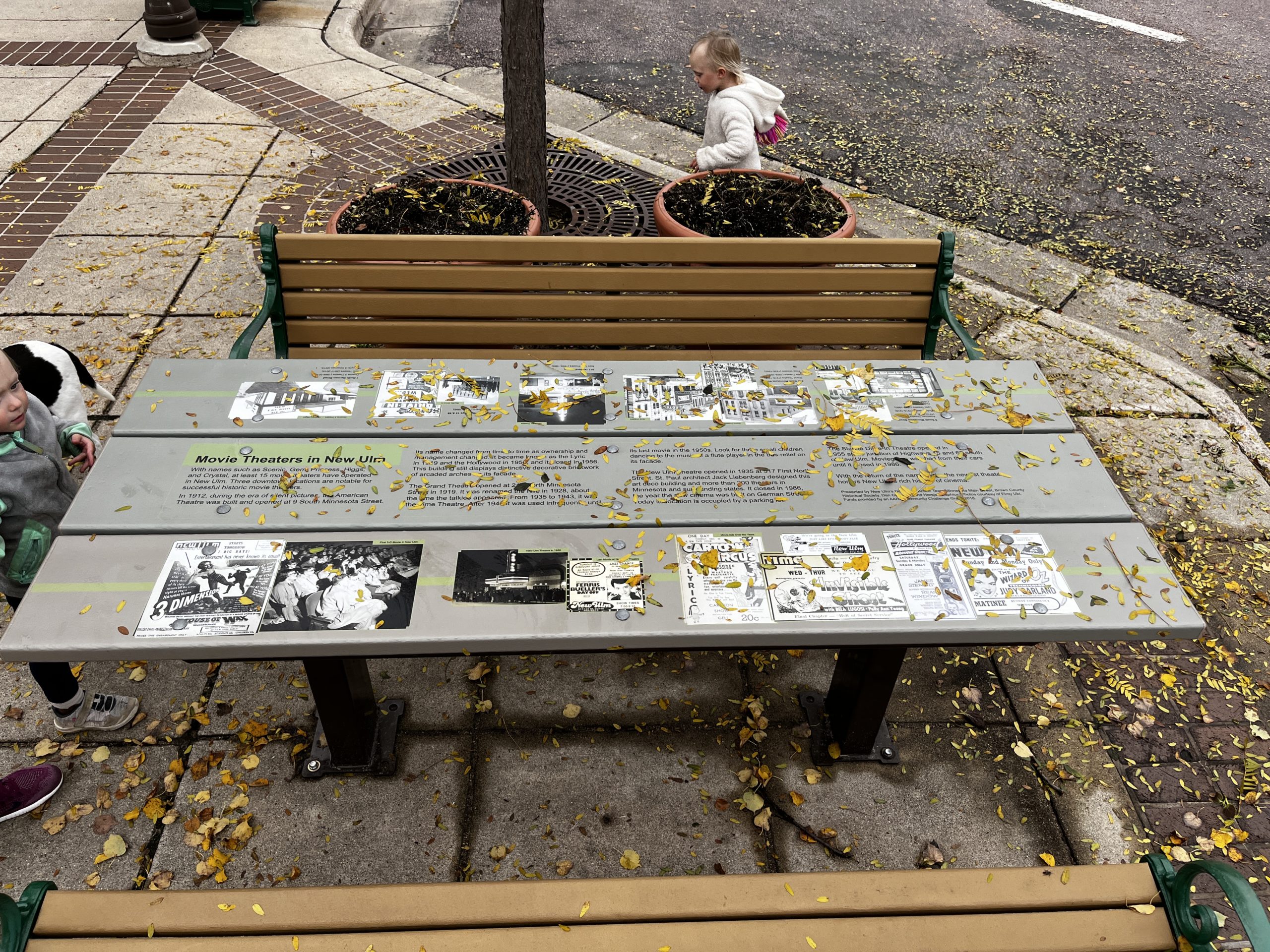
A vital piece of a shopping district: pedestrian parking. This bench and table also present historical content which means that a separate kiosk is unnecessary.
The last piece of getting the street and shopping environment right is parking. By that I mean bike parking, pedestrian parking (benches, ledges, shade, and water fountains), and car parking. People HATE parking in front of my shop because they worry about getting their door torn off by an 18 wheeler blasting by at 40 mph. Enough said. The successful retail block I already mentioned either relies on side street parking, or their improved rear entrances.

My gold standard for a destination street is Division Street in Northfield, MN. This photo shows how a parklet has reclaimed a couple parking spaces to provide an outdoor dining space.
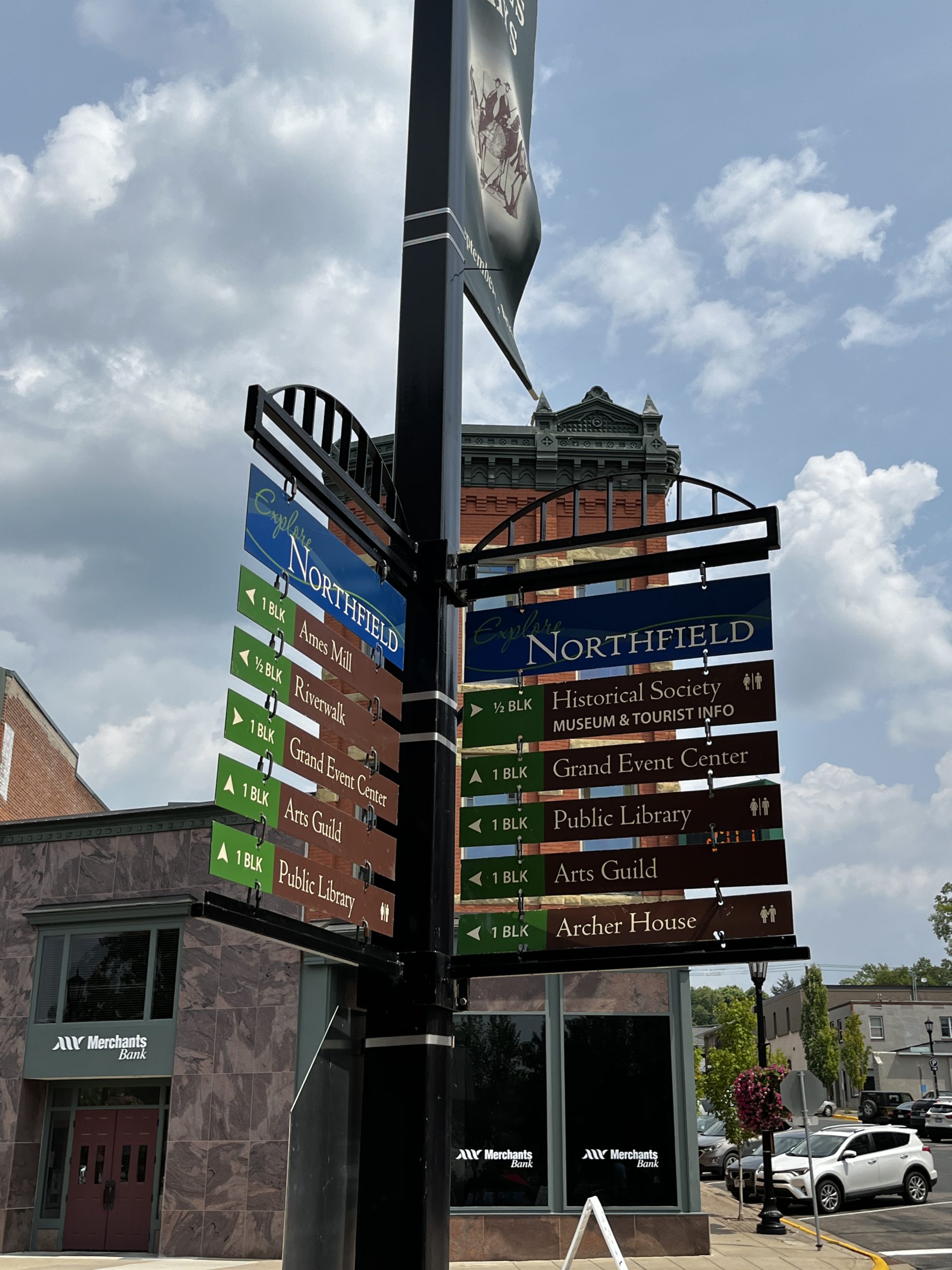
Another well executed detail in Northfield is their wayfinding. Note that public restrooms are designated. Nice!
New Ulm doesn’t dictate the types of businesses that own or lease storefronts on Minnesota Street, but they do make an effort to support retail by good design of the street and sidewalk space, and by providing economic incentives for opening a new business ($10k!). How do I know these things? Not saying (but you can probably guess.) Perhaps the most poignant moment of my Shop New Ulm field trip came when my entrepreneurial host asked me: Who’s on your downtown committee? ‘Er, we don’t have one,’ was my sheepish reply. And there is the main difference between our downtown retail district and theirs: they have a plan, they have people entrusted with carrying out that plan. A couple times a year our elected officials talk about how important our downtown is, but that esteem has yet to translate into an action plan. Meanwhile the private sector does its best with banners, sidewalk sales and advertising. How will this story end?
Bottom line: Saint Peter’s downtown needs a plan.
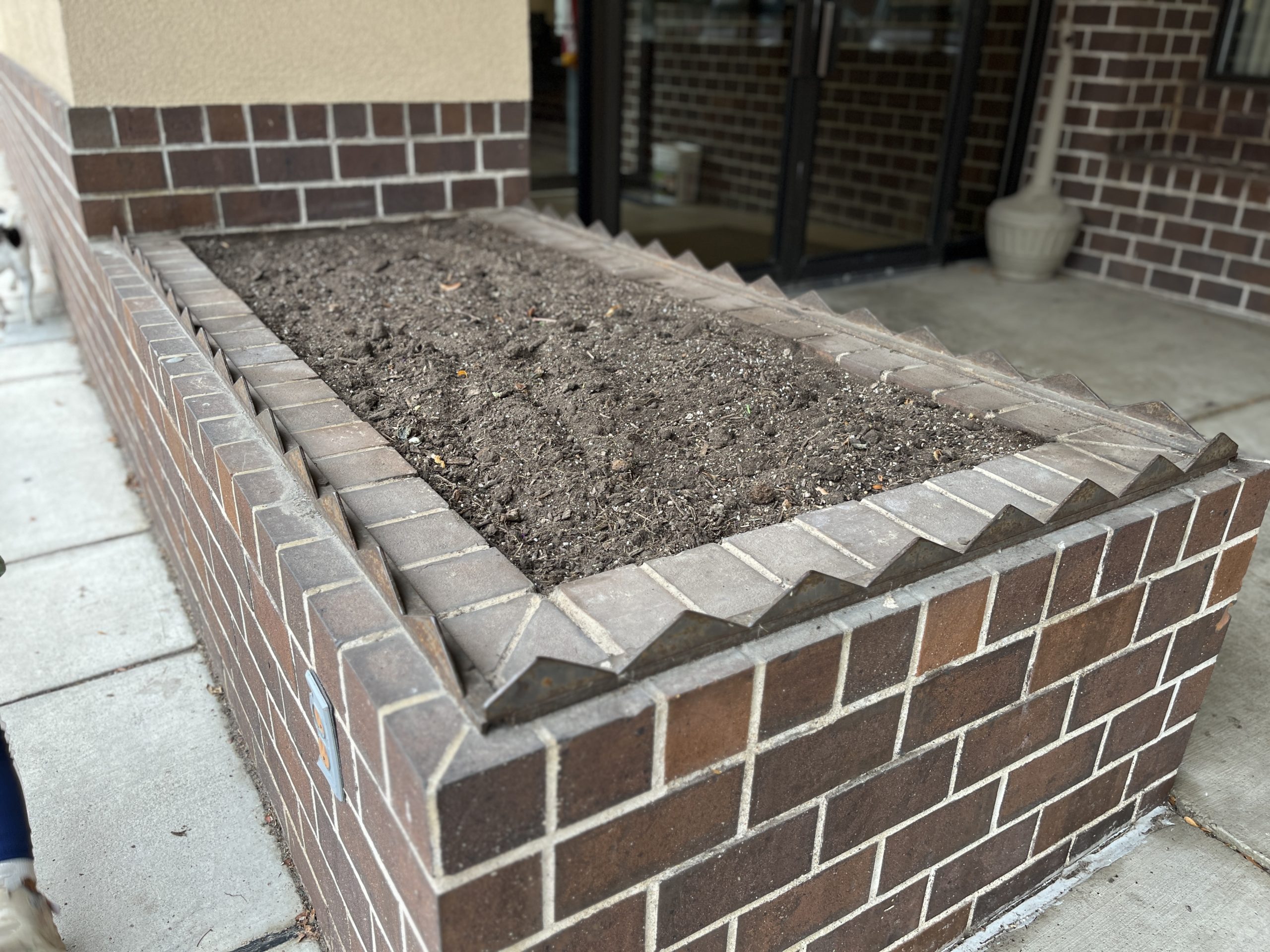
How quaint! This anti-personnel architecture is a holdover from the days when people came to your downtown, hung out, and never left. Can you guess the business? A bank. I included this just so you know that New Ulm isn’t perfect.